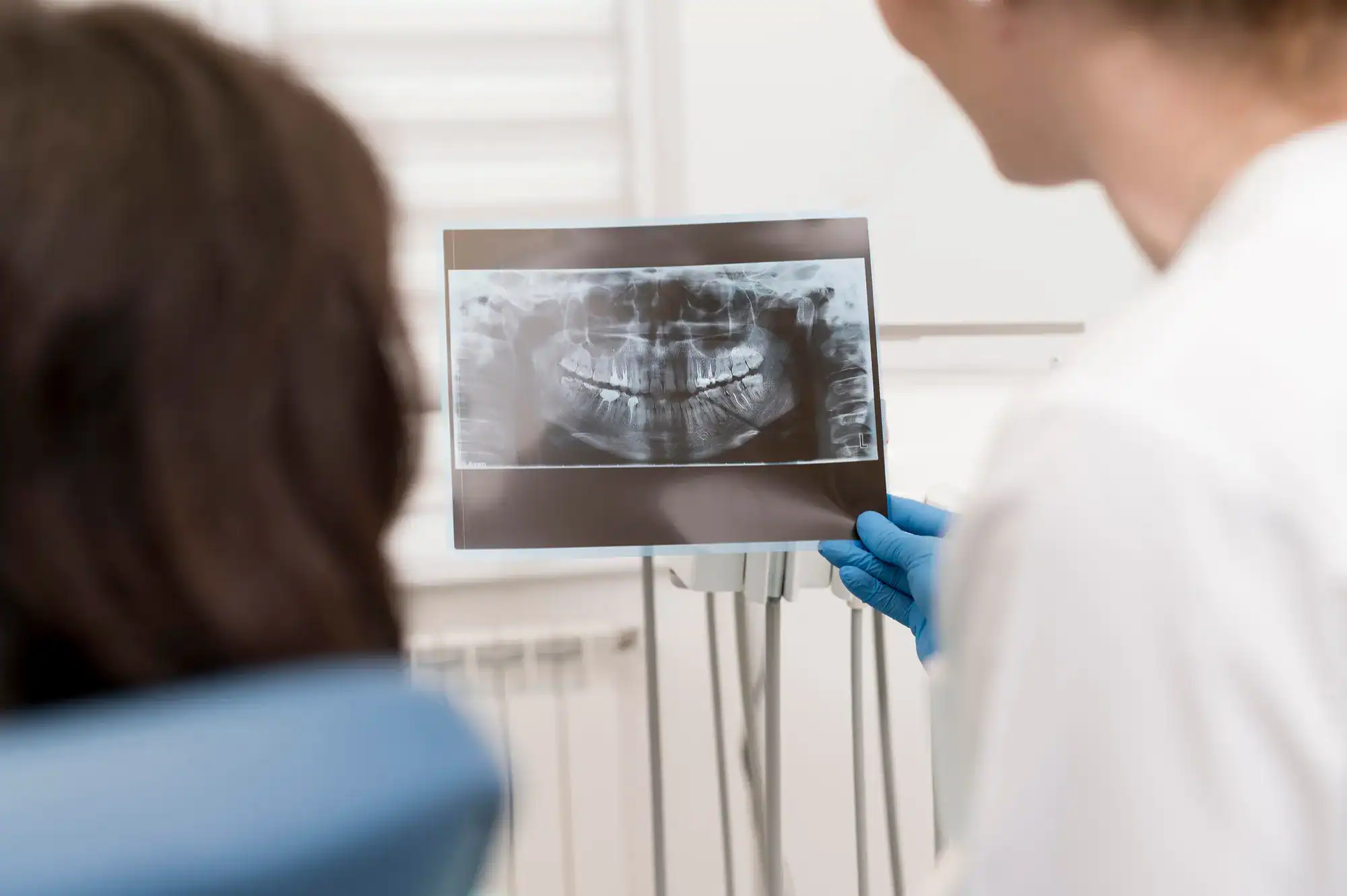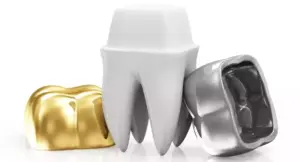A fractured root is a serious dental issue that can lead to discomfort, infection, and even tooth loss if left untreated. Identifying the causes of a fractured root is crucial for prevention and early intervention. In this article, we explore the various factors that can lead to root fractures, the symptoms to watch out for, and why timely treatment is important.

What is a fractured root?
A fractured root occurs when a crack forms along the tooth root, disrupting its structure. These fractures can occur horizontally or vertically and may extend into the crown or stay confined to the root itself. A fractured root can compromise the tooth’s stability and health, leading to further dental complications.
Common causes of a fractured root
Identifying the causes of a fractured root can help you take preventive measures to protect your teeth. Here are some common factors that can lead to fractured roots:
1. Trauma or Injury
One of the most common causes of a fractured root is trauma or impact to the face or mouth. Accidents, sports injuries, or falls can lead to significant force on the teeth, causing the roots to crack. Wearing protective gear, such as mouthguards during contact sports, can help mitigate this risk.
2. Large restorations or fillings
Teeth with large restorations or fillings are more susceptible to a fractured root. These dental features can weaken a tooth’s structure, making it more prone to fracture under pressure. Regular dental check-ups can help ensure that restorations remain secure and do not compromise the tooth’s integrity.
3. Teeth grinding (Bruxism)
Chronic teeth grinding or clenching, known as bruxism, can put excessive force on the teeth, leading to a fractured root. The repeated stress of grinding can cause cracks in the teeth over time, affecting the roots. Using a nightguard can be an effective preventative measure to protect against bruxism-related fractures.
4. Root canal treatment
Teeth that have undergone root canal treatment may be at increased risk for a fractured root. The procedure, while necessary, can reduce the tooth’s flexibility, making it more susceptible to cracking. In some cases, adding a dental crown after a root canal can provide additional protection against fractures.
5. Advanced gum disease
Periodontal disease can weaken the support structures of the teeth, including the surrounding bone and gums. As these structures lose integrity, the teeth can become more vulnerable to cracking and fractures, including the roots.

Recognizing the symptoms of a fractured root
Knowing how to identify the symptoms of a fractured root is crucial for seeking timely dental care. Here are some signs to watch for:
1. Tooth pain or sensitivity
Experiencing tooth pain or sensitivity, particularly when chewing or applying pressure, can be an indicator of a fractured root. This is due to the crack allowing irritants to reach the sensitive areas of the tooth.
2. Swelling or inflammation
Swelling or inflammation around the affected tooth, or in the gums, can signify a dental issue such as a fractured root. The inflammation can also lead to tenderness in the gum tissue.
3. Infection or abscess
Infections or dental abscesses can develop when bacteria infiltrate the fractured root, leading to a buildup of pus and causing swelling and pain.
4. Loose tooth
A tooth that feels loose or unstable may be experiencing issues due to a fracture extending into the root. If left untreated, such conditions could lead to tooth loss.

Diagnosis and treatment of a fractured root
Early diagnosis and treatment are key to managing a fractured root and preventing further damage. Here’s how dental professionals typically handle these cases:
1. Dental examination
A thorough examination, including dental X-rays or 3D imaging, can confirm the presence and extent of a fractured root. These tools provide a clear picture of the inner structures of the tooth.
2. Treatment options
The appropriate treatment for a fractured root depends on the severity and location of the fracture:
- Root canal therapy: This procedure may be used if the fracture has not severely compromised the tooth. It removes bacteria from the inner chamber, potentially saving the tooth.
- Tooth extraction: In cases where the fracture is severe, or restoration is unlikely, the affected tooth may need to be extracted.
- Crowns or onlays: If the tooth structure allows, a crown or onlay can provide support and prevent further damage.
3. Post-treatment care
After treatment, adhering to post-care guidelines is crucial for recovery. Avoid applying pressure to the treated area and maintain good oral hygiene to prevent further complications.
Preventive measures for a fractured root
While not all factors leading to a fractured root can be predicted or controlled, taking certain steps can reduce the risk:
1. Regular dental check-ups
Routine dental check-ups can identify potential issues early and ensure that existing dental work remains in good condition.
2. Protect against trauma
Use mouthguards during sports or recreational activities to protect against injury that could lead to a fractured root.
3. Manage bruxism
Wearing a nightguard or seeking treatment for bruxism can prevent the excess pressure that leads to root fractures.
4. Commit to oral hygiene
By maintaining a rigorous oral hygiene routine, you can prevent gum disease and keep your teeth and surrounding structures healthy.
Seek expert care for dental concerns
Addressing the causes of a fractured root early on is essential for preserving dental health. For comprehensive and trusted care, turn to Dental Easy Care, known for providing the best dental services in Tijuana. Our experienced team is committed to offering unparalleled dental solutions that cater to your unique needs.
Contact us today to schedule your consultation and experience exceptional dental care. Call us at or fill out our online form to book your appointment with the top dentists in Tijuana.









